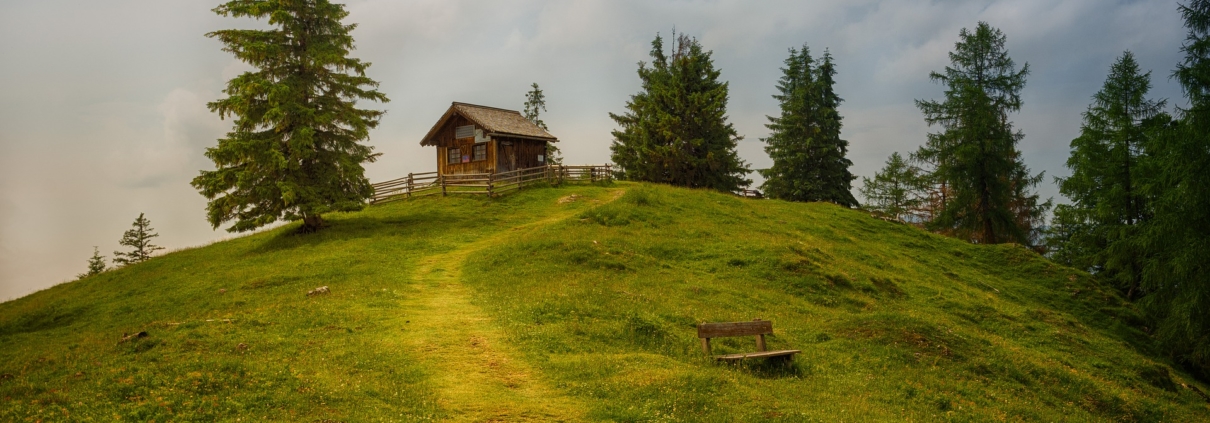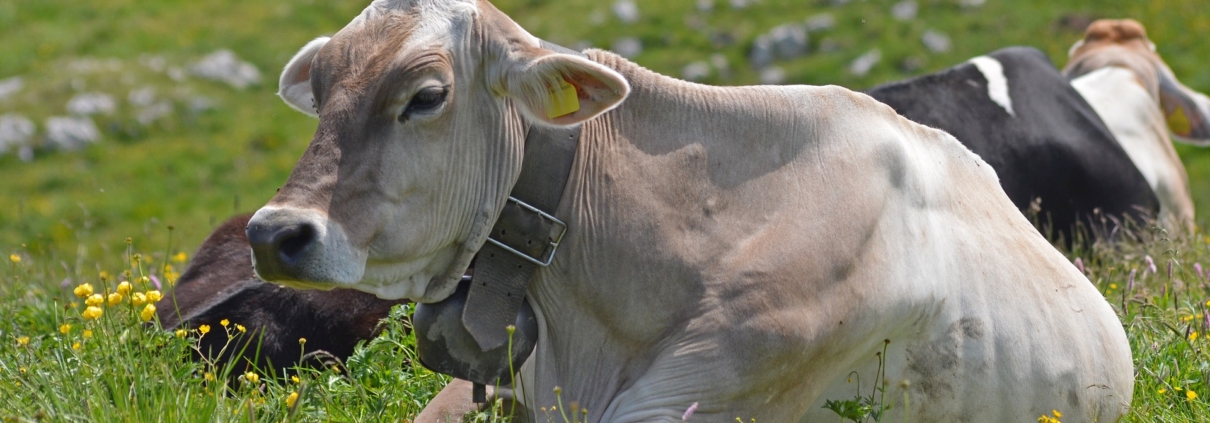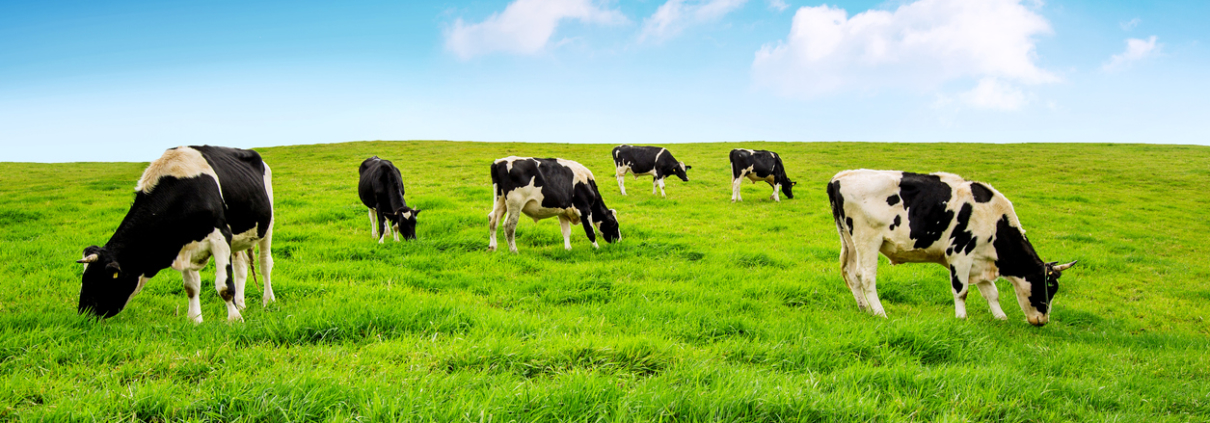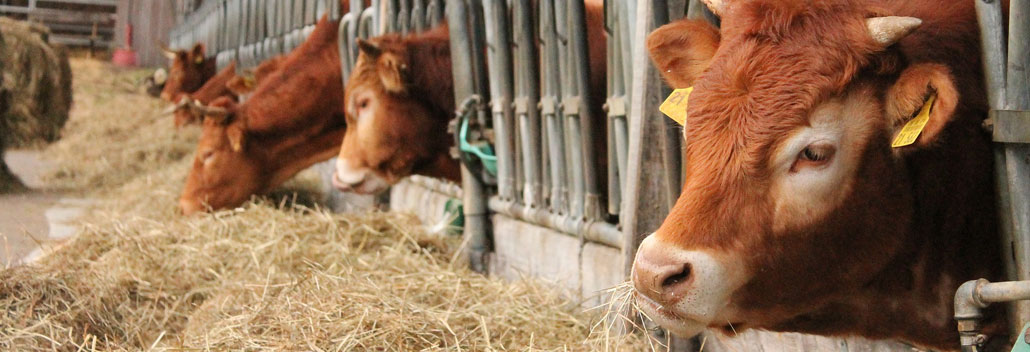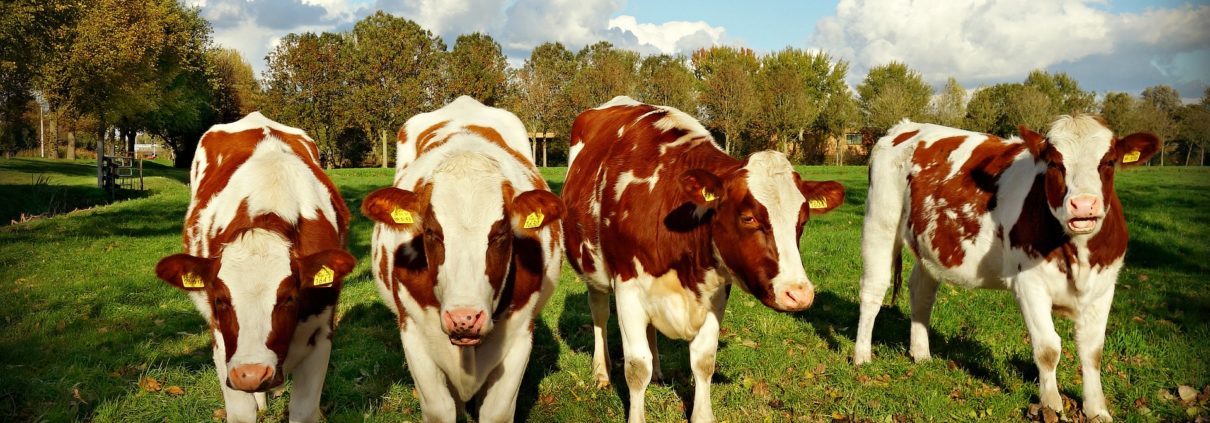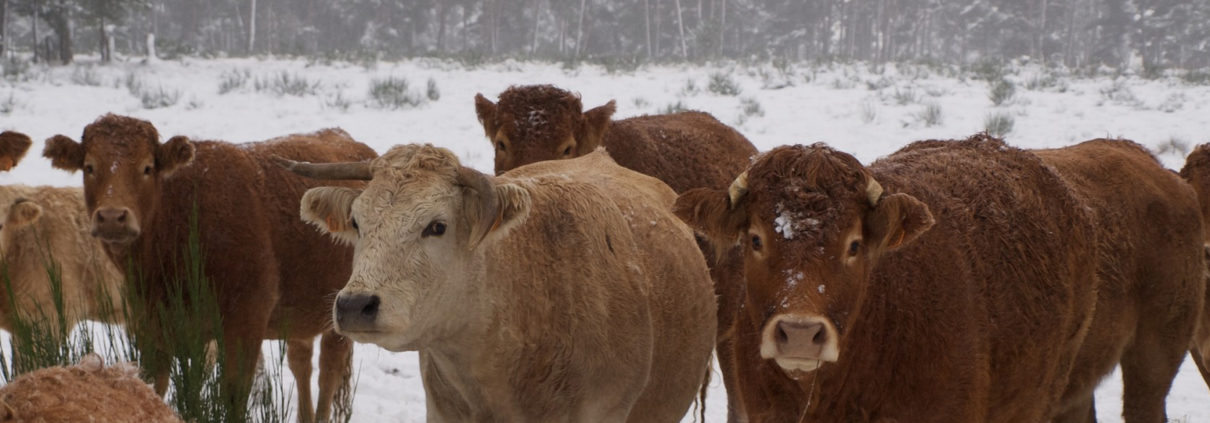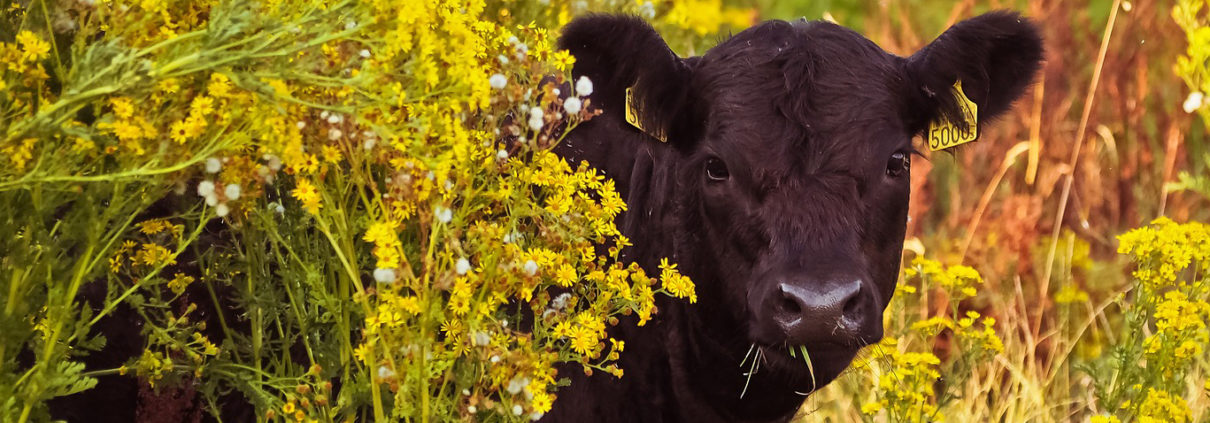Advanced planning in late summer allows you to develop a strategy for stockpiling a portion of perennial pastures.
Cattle and Cows Round Bale Hay Feeders
Useful information and great tips for hay management, hay saving from feeding your livestock of cows and cattle using round bale hay feeders.
Knowing when to start feeding hay to beef cows may seem like a no-brainer, but it is a bit more complicated than many expect.
Producers are often unaware that high amounts of nitrate – found mostly in concentrated grass stems – can result in almost immediate death. Nitrate can turn into nitrite in a cow’s rumen. When this occurs, the nitrite in the blood prevents oxygen uptake. This leads to a lack of oxygen and death.
While you probably spend a lot of time trying to figure out how much hay your cows eat, the better strategy is to focus on hay waste. Hay waste includes parts of bales that spoil while stored, hay that is dropped on its way to the feeder and hay that goes unused during feeding. It comes down to this fact: If you want to know if your cows’ nutritional needs are being met, feed efficiency is key.
Corn silage contains grain and forage. This allows for dense energy from kernels and rumen-stimulating fiber from husks, leaves, and stalks. High-quality corn silage begins with the correct hybrid selection, careful management in the field, and correct packing and covering. Specifically, quality corn silage comes down to five key elements:
Cows are often deliberate in choosing what to eat. Specifically, a cow will tend to prefer shorter forage because it is easier to eat. However, much of the hay that cows are fed are much longer than they eat if left to their own devices. Importantly, shorter feed is not only less taxing to eat, but also easier to digest and provides better nutrition. For this reason, farmers should consider how to optimize feed for their cows.
No matter what the size of your cattle operation, reducing feed waste will improve your bottom line. Using the four steps outlined above will allow you to do so without compromising animal health.
When it comes to managing your cow herd in the winter, nutrition, vaccinations and shelter are three of the most important considerations. The better these three issues are managed, the more productive you will find your cow herd when warm weather arrives again in the spring.
Everyone knows that livestock feed shouldn’t be moldy, old or otherwise low-quality hay. What everyone may not know, however, is that feeding livestock the highest quality hay at all times isn’t necessary. In fact, in many cases doing so doesn’t make sense.

